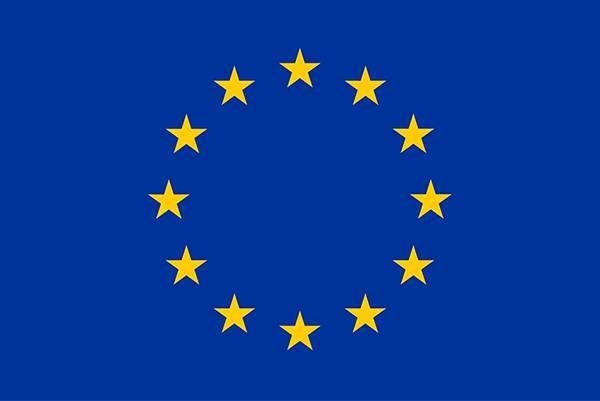ZELP is developing a low-cost, easily scalable, and non-chemical device that mitigates methane emissions from cattle, whilst also helping farmers improve productivity and efficiency.
Methane Mitigation
How it Works:
Methane, produced by the cow, will be routed to a small device, where it is oxidised before being released into the atmosphere as carbon dioxide and water vapour.
Key Benefits:

Reduced methane
Initial trials indicate our potential to mitigate methane by up to 50%.

Applicable to all livestock systems
Unlike currently available feed additives that can only be used in systems where animals are fed regularly, ZELP’s technology will be usable in all livestock systems.

Verified carbon credits
By tracking the volume of methane oxidised and securing third-party accreditation, ZELP’s technology will be able to be used to generate fully verified, traceable, insets and offsets.
ZELP’s mitigation device will be integrated with our proprietary animal monitoring system, which tracks the cow’s feeding, rumination, activity and other rumen-related data. This data will be combined with methane measurements and processed by ZELP’s machine learning models to generate actionable insights. Users can easily access this data through our mobile-optimised web app.

24/7 cattle monitoring:
Users will be notified if there is a significant change in feeding, rumination, activity or other health-related data, which could indicate a potential health issue. This can help the user to intervene rapidly.

Improved fertility management:
Real-time fertility insights can help farmers optimise breeding programs, leading to improved reproductive success rates and lower calving intervals.

Improved nutrition management: Understanding how a cow responds to changes in their feed can help farmers optimise their cow’s nutrition, leading to improved productivity and efficiency.

Lower workload & costs:
Farmers will no longer need to spend hours each day observing their herd. They’ll be able to quickly identify cows that need their attention via the app and spend more time with those in need.
ZELP LTD
London N7 6LR, UK
contact@zelp.co

This project has received funding from the European Union’s Horizon 2020 research and innovating programme under grant agreement No. 877091.